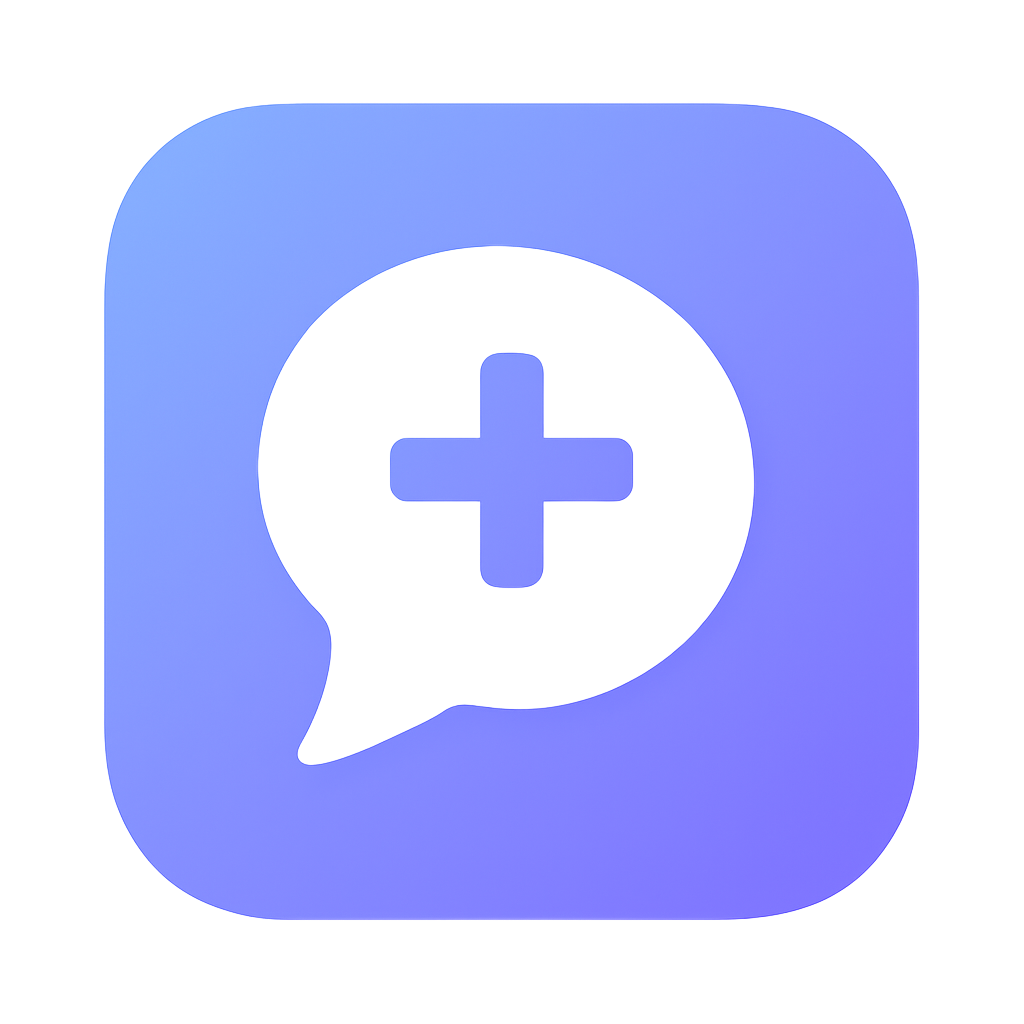The Real Problem with SLP Software
Let's be honest: most SLP software tries to do everything and ends up doing nothing particularly well. You've probably experienced this—complex systems that promise to revolutionize your practice but actually add hours to your workflow.
🔥 Common Frustration
"I spend more time clicking through menus and filling out forms than I did with paper. The software was supposed to save me time, not create more work."
— Every SLP who's tried traditional EMR software
The truth is, you don't need software that does everything. You need software that solves your biggest pain points without creating new ones.
Start with Your Biggest Time Drain
Before evaluating any software, identify what takes the most time in your practice. For most SLPs, it breaks down like this:
- Documentation (40-50% of non-clinical time) - Writing SOAP notes, progress reports, treatment plans
- Scheduling (10-15%) - Managing appointments, cancellations, rescheduling
- Billing (15-20%) - Insurance claims, invoicing, payment tracking
- Communication (10-15%) - Parent updates, team collaboration, referrals
- Data tracking (10-15%) - Goal progress, outcome measures, caseload management
💡 Smart Approach
Instead of looking for software that does everything adequately, find the best solution for your biggest time drain. If documentation takes 5+ hours weekly, solving that one problem will transform your practice more than any all-in-one system.
Essential Features vs. Nice-to-Haves
Must-Have Features (Non-Negotiable)
- HIPAA compliance with signed BAA
- Works on devices you actually use
- Data backup and export capabilities
- Reliable customer support
- Clear, transparent pricing
Features That Sound Good But Rarely Matter
- Hundreds of customizable templates (you'll use 2-3)
- Complex reporting dashboards (basic reports are fine)
- Social media integration (really?)
- Gamification features (unless pediatric-focused)
- AI chatbots for customer service (human support is better)
The Hidden Costs Nobody Talks About
The monthly subscription is just the beginning. Consider these often-hidden costs:
- Setup time: How many hours to get started?
- Training time: Will you need to train staff?
- Data migration: Moving from your current system
- Add-on fees: Extra for billing, telehealth, etc.
- Per-user pricing: Costs that scale with growth
- Lock-in penalties: Difficulty exporting data if you leave
Different Approaches for Different Practices
Solo Private Practice
Your time is everything. You need simple, efficient tools that work immediately. Complex enterprise systems will waste your time and money.
Focus on: Documentation efficiency, simple scheduling, basic billing
Avoid: Multi-user systems, complex reporting, enterprise features
School-Based SLPs
Large caseloads mean efficiency is critical. You need to document quickly between sessions and track progress across many students.
Focus on: Quick documentation, progress tracking, IEP alignment
Avoid: Insurance billing features, complex scheduling systems
Multi-Therapist Clinics
Coordination and consistency matter most. You need systems that multiple people can use with shared scheduling and standardized documentation.
Focus on: Multi-user access, centralized scheduling, reporting
Avoid: Single-user tools, limited collaboration features
The AI Revolution in SLP Documentation
Here's something exciting: AI is finally making documentation bearable. Instead of typing for hours after sessions, modern AI tools can generate professional documentation from recordings or brief notes.
How AI Documentation Works
1. Record your session (or take brief notes)
2. AI processes the content with clinical understanding
3. Receive complete SOAP notes in seconds
4. Review and edit as needed
5. Save 5-10 hours weekly on documentation
At SLPFlow, we've built our entire platform around this concept. For $20/month, you can eliminate the most time-consuming part of your practice. But whether you choose our solution or another, AI-powered documentation is worth exploring if paperwork is eating your evenings.
Questions to Ask Before Committing
Before Starting Any Free Trial
- Can I cancel anytime without penalty?
- Will my data be deleted if I cancel?
- Is there a setup fee or onboarding cost?
- Are all features included in the trial?
- Do I need a credit card to start?
About Long-term Use
- How often do prices increase?
- Can I export all my data?
- What happens during downtime?
- How quickly is support available?
- Are updates/improvements regular?
Red Flags to Watch For
- 🚩 No free trial - Confident companies let you try before buying
- 🚩 Hidden pricing - "Contact us for pricing" usually means expensive
- 🚩 Long contracts - Month-to-month should be an option
- 🚩 Poor reviews from SLPs - Generic therapy software often fails SLPs
- 🚩 Complicated cancellation - Should be as easy as signing up
- 🚩 No BAA available - HIPAA compliance is non-negotiable
A Practical Decision Framework
Here's a simple framework for making your decision:
- Identify your top 3 pain points (be specific)
- Set a realistic budget (including hidden costs)
- List your must-haves vs. nice-to-haves
- Try 2-3 options (most offer free trials)
- Test with real scenarios (not just demos)
- Make a decision and commit (perfection doesn't exist)
The Bottom Line
The best SLP software is the one you'll actually use. It should make your life easier, not more complicated. It should save you time, not create busywork. And it should fit your workflow, not force you to change how you practice.
Don't get caught up in feature comparisons and marketing promises. Focus on solving your biggest pain points first. Everything else is just noise.
✅ Our Recommendation
If documentation is your biggest challenge (and for 90% of SLPs, it is), start there. Whether it's AI-powered tools like SLPFlow or templates that speed up your current process, solving documentation will give you the biggest return on investment.
Once you've reclaimed those hours, you can evaluate whether you need more comprehensive practice management tools. But don't try to solve everything at once.
 SLPFlow
SLPFlow